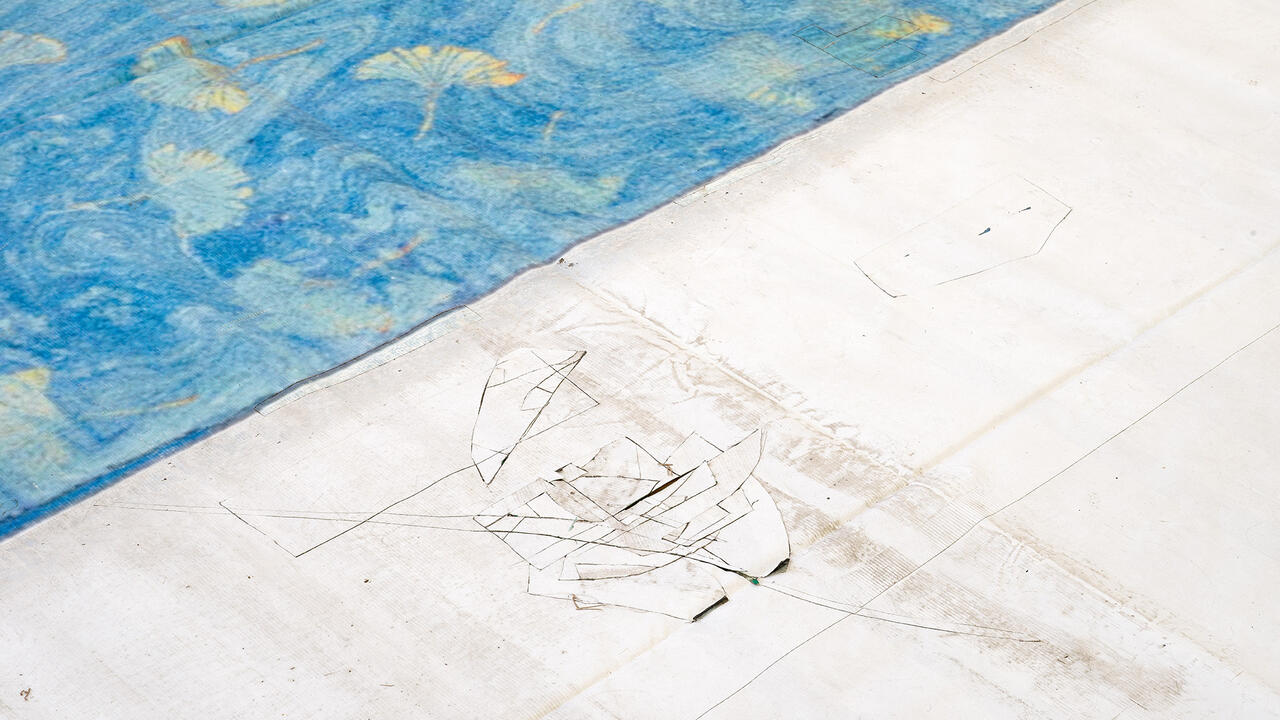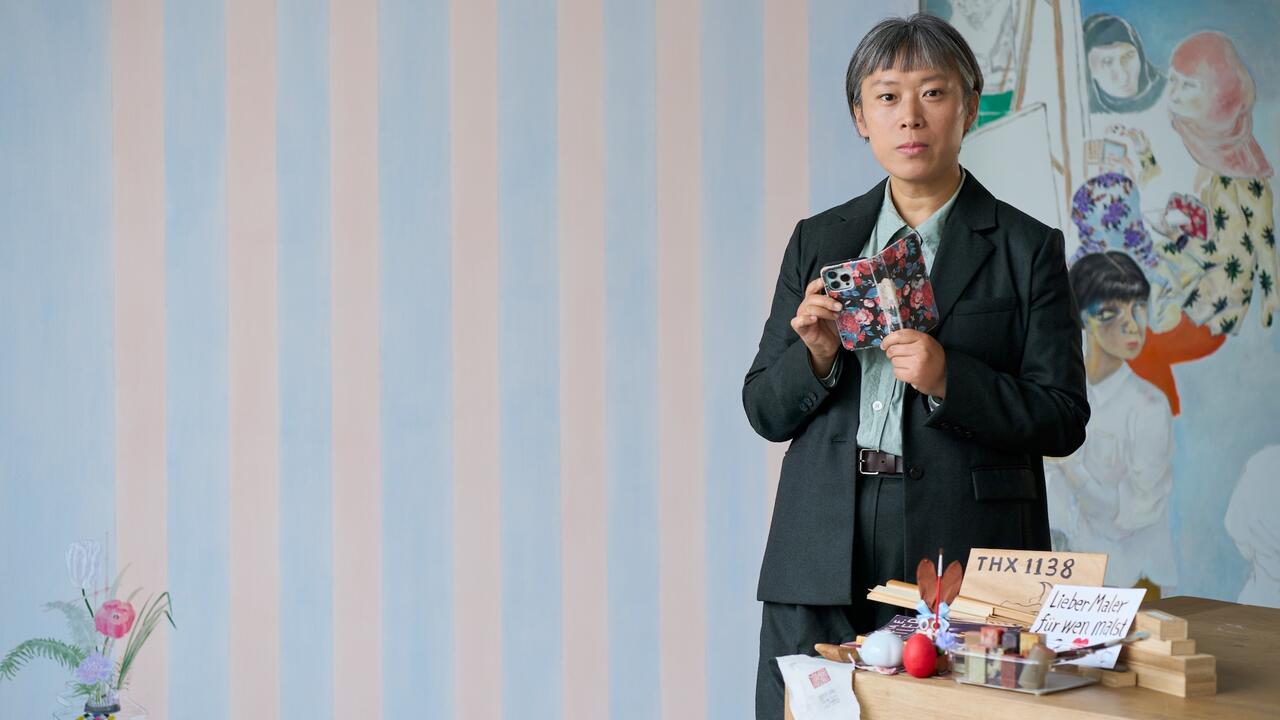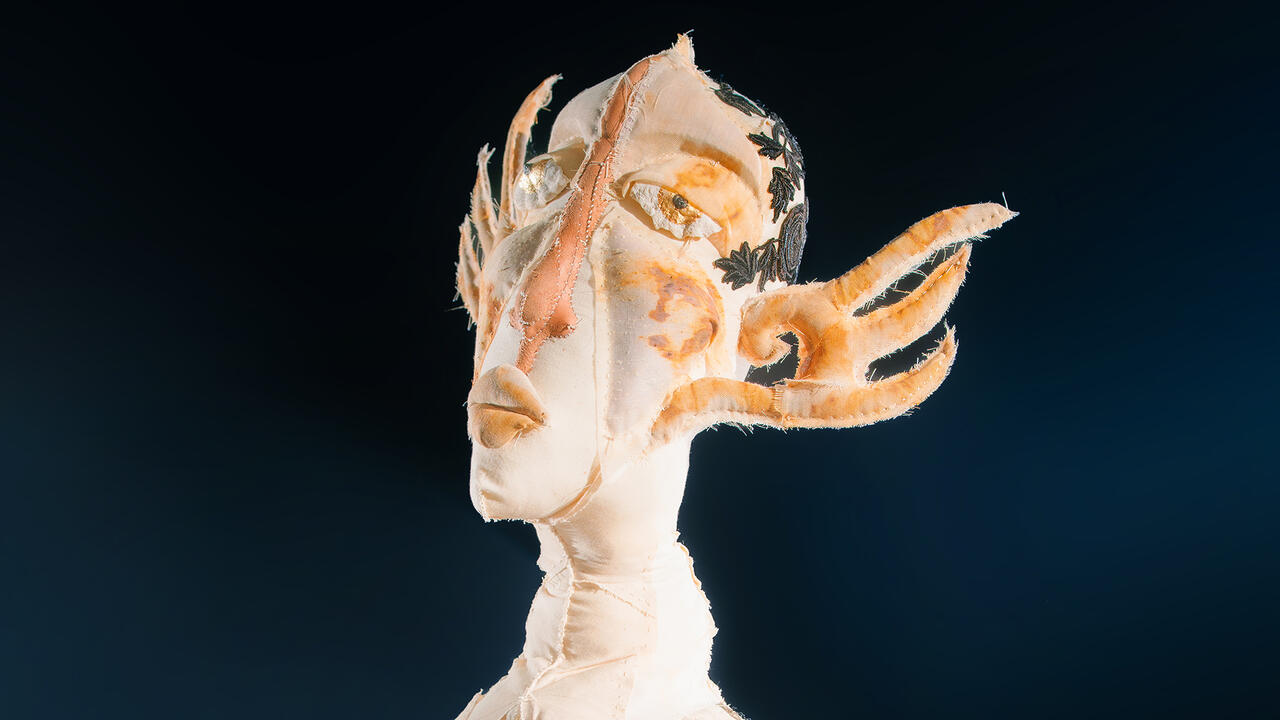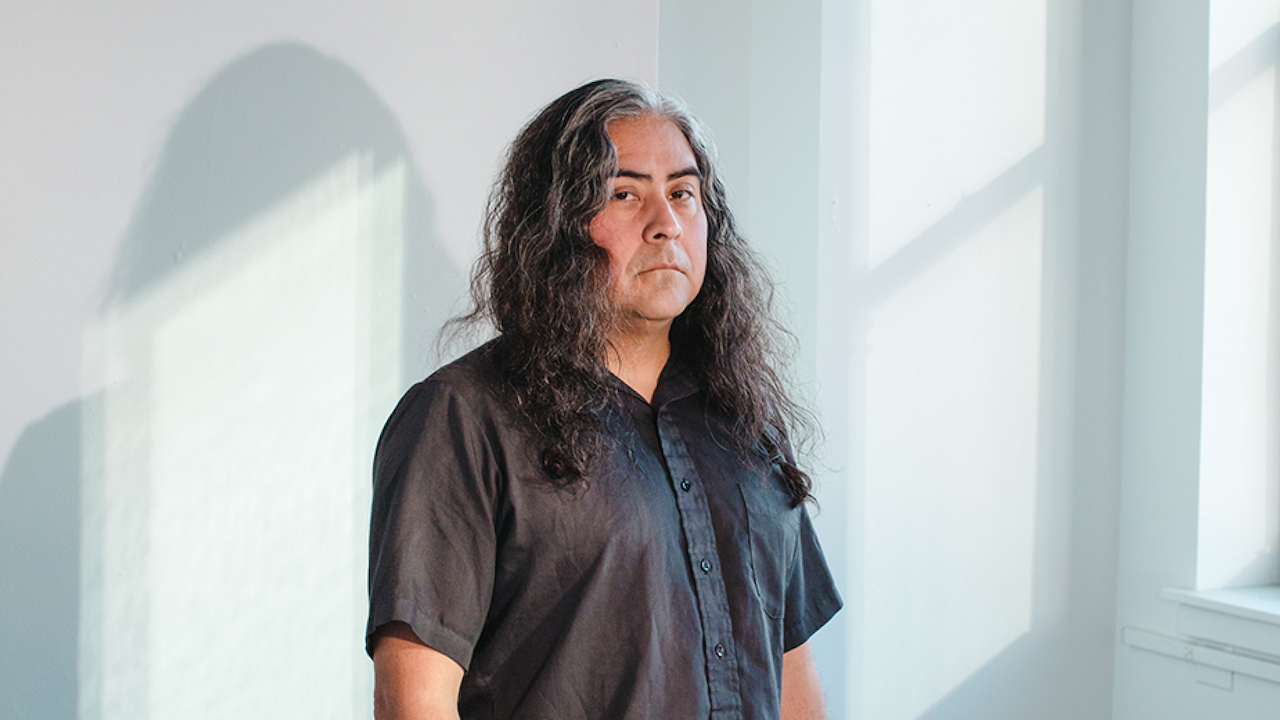Space is the Place
Rediscovering the late, great philosopher Henri Lefebvre, whose ideas are increasingly relevant to contemporary life
Rediscovering the late, great philosopher Henri Lefebvre, whose ideas are increasingly relevant to contemporary life

‘Place’ and ‘space’ are terms that have recently made a comeback in artspeak. After a brief stint of ubiquity in the 1990s, their popularity seemed to have dwindled somewhat, but now the conceptual pair – for one rarely makes an appearance without the other – has returned to the fore. Subjects for discussion range from the space of semio-capitalism to the place of the body, from the virtual studio to the non-place of the museum, from sites of critical exchange to the spatial logic of our current Anthropocene. Sometimes, space simply means outer space. Occasionally, place is still used as a synonym for location. I have witnessed talks where, confusingly, either term seemed to connote all of these meanings at once. The pair’s sudden, unexpected comeback is itself interesting enough, but is not the topic of debate here. For, however often the terms space and place may be used, what they really mean is far from self-evident.
It’s fair to say that, by and large, contemporary discussions of space and place have their roots in two distinct strands of thought: Michel de Certeau’s post-structuralist theory of space as a ‘practiced place’ and Henri Lefebvre’s dialectically materialist conceptualization of place as a moment in and of space. Few theories of space and place are more widely read than the one De Certeau penned in his post-structuralist study of the quotidian, The Practice of Everyday Life (1980, first published in English in 1984), which has gained more hits on Google Scholar than Jacques Derrida’s Of Grammatology (1967/1976), which may be said to be the key text of post-structuralism. De Certeau’s shtick is to read the environment as one would a script: that is, like written speech. He argues that place is to space ‘like the word when it is spoken’. What he means by this is that, when city planners map out a city, they envisage places, points on the grid. These are locations, nodes, corners and roads. Destinations. The coffee shop on the corner of Fifth and Broadway in Manhattan is a place, as is London’s Caledonian Road. If you agree to meet your friends at their house, that house is a place, too.

These places, these points on the grid, De Certeau suggests, are like a language’s grammar or the letters of the alphabet. What he calls space is what happens when dwellers navigate those places: that is, when we put the individual letters together, when we formulate sentences, when we articulate words. Hence, one of De Certeau’s most cited lines: ‘Space is a practiced place.’ Space, here, is always spatialization: the putting to action or – to use that post-structuralist term – the performance of a pre-existing script. In De Certeau’s hierarchical definition, place is thus the stable, static, ideologically informed given, whereas space is about potentially anarchic movement – when you take routes that aren’t time-efficient or cost-effective, for instance, or if you skateboard or do parkour, creating your own, alternative path where there wasn’t one, expressing your own spatial ‘slang’, if you will.
As often as De Certeau’s theory might be cited, however, especially in art discourse, its actual influence pales in comparison to the impact Lefebvre’s thinking has had on the discussion of space and place. If you don’t recognize Lefebvre’s name, it’s not necessarily because you haven’t come across his theories. Up until the mid-1990s (a time when, frustrated with the limitations of post-structuralism, a generation of young British and American thinkers began to translate Lefebvre’s writing on space into English), his influence was almost exclusively by way of other theorists. In fact, the lineage is quite incredible. In France, where Lefebvre (who died in 1991) taught for most of his life, he honed the skills of Jean Baudrillard, Manuel Castells, Daniel Cohn-Bendit and Guy Debord. The similarity between some of Lefebvre’s theories and those of Debord and Baudrillard (especially the former’s theory of moments and the latter’s notion of the simulacrum) is striking. During a trip to the us, Lefebvre gave lectures attended by the likes of David Harvey, Edward Soja and Fredric Jameson, the first two of whom would develop their theories in dialogue with Lefebvre’s writing, while the latter would later call Lefebvre ‘the last great undiscovered philosopher’. Lefebvre’s thinking also features centrally in the British tradition of social geography associated with Liz Bond, Stuart Elden and Doreen Massey. And the list goes on.
The reason Lefebvre was so little known for so long was related not to the quality of his thinking but to the nature of his persona. As two of his biographers, Rob Shields and Andrew Merrifield, fascinatingly (and often hilariously) document in their expert studies, Lefebvre was a difficult figure, who seemed to create havoc wherever he went. A man with, as Merrifield notes, the face of Don Quixote and the body of Sancho Panza, he often behaved like a mix of the two. Shortly after World War I, he clashed with the surrealists because he considered them not political enough; a world war later, he was excommunicated by the Marxists, who deemed him too much of a romanticist. Like many others, he fell out with the members of the Situationist International, several of whom he had been good friends with – not, in this instance, because of ideological differences, but as a result of Debord and others making it clear they disapproved of the fact that, in 1964, when Lefebvre was 63, his 20-year-old girlfriend, Nicole Beaurain, became pregnant.
Lefebvre inspired, but wasn’t involved in, the protests of May 1968. He was definitely too idiosyncratically materialist for the post-structuralists. Lefebvre’s mind, like that of Don Quixote, was always already ahead, somewhere else. His body, akin to that of Panza, couldn’t tread lightly, which made him a working-class bull in a mostly upper-middle-class china shop. In other words, he was something of a renegade, the French equivalent of Pier Paolo Pasolini – his haphazard thinking and uncouth behaviour inevitably transgressing the rules of any one movement or ideology. While this made Lefebvre less likely to be recognized during his lifetime, it also makes him a far more interesting philosopher, since his thinking is free of at least some of the trappings of time that make so many of his contemporaries’ work feel outdated today.

In contrast to De Certeau, Lefebvre did not understand space linguistically, at least not exclusively. Our environment, he asserts in his 1970 response to the disappointments of May 1968, The Urban Revolution, may resemble a language, a sign system, but cannot, and should not, be reduced to it. Semiology may therefore be drawn upon when studying space, but should always be applied in relation to other models of analysis, foremost among them phenomenology and social theory. In his 1974 magnum opus The Production of Space, Lefebvre theorizes space as a trialectic (a triple dialectic) between three different forces. The first force is what he calls ‘conceived space’: the power play of capital and state, i.e. the investments of bankers, the rules of bureaucrats, the blueprints of architects. The second force is ‘lived space’: the desires of the dwellers, their dreams and memories. The third force, finally, is ‘perceived space’: the way in which these dwellers actually use space. In other words, what Lefebvre calls space is the dynamic between top-down plans, bottom-up experience and the negotiation between them. Just as in Marx’s dialectic, in which thesis meets its antithesis, in Lefebvre’s picture of space, forces also continuously move into one another, battling each other, subjecting, submitting, sublating and, eventually, turning struggle into synthesis. What Lefebvre calls space, therefore, is characterized by a continuous social dynamic.
Surprisingly, Lefebvre himself was hesitant to use the term ‘place’. Or, maybe, he was indifferent. Indeed, the word only appears in his writing sporadically. Tellingly, the most unambiguous definition of place in relation to Lefebvre’s oeuvre is provided by Merrifield. It is in his particularly insightful essay from 1993, entitled ‘Place and Space: A Lefebvrian Reconciliation’, that Merrifield defines place, with a wink to De Certeau, as a ‘practiced space’. For Lefebvre, he writes, space is a social dynamic, an incessant movement. It’s a wave or, rather, a whirlpool. Place is not the permanent a priori of that flow but its momentary destination or, rather, its synthesis. Place is to space, Merrifield explains, what solid is to fluid, form to process: an anchor, a grounding. That is to say: space as social dynamic – constantly changing, constantly developing – manifests itself through place.
I imagine that some of the difficulty in clearly defining ‘place’ and ‘space’ stems from this conceptual split. For one tradition – in De Certeau’s vein – space is an inter-subjective activation of a static site, a place; while for another – in Lefebvre’s – place is the momentary suspension of a social flow, i.e. space. It is important, however, that we understand the difference, because our engagement with the world around us hinges on it. For De Certeau, agency resides almost exclusively within space. According to his Foucauldian logic, the only freedom you have is to formulate alternative sentences. For the actor, after all, the script is beyond reach. It’s not his to change: it’s the author’s. If we follow Lefebvre’s conceptualization, however, it is place where the intervention occurs. It is place, after all, where the complex trialectic of space is tangible: it is where we can get our hands on it, where we can latch onto, and potentially intervene in, either of the three flows of space. De Certeau understands agency as the enactment of a script not our own, whereas Lefebvre sees it not as a container for action but as the construction of action itself.
Let me end with a request: please drop De Certeau’s post-structuralist notion of space and place. I have nothing against the thinker himself, but if the demonstrations of the past few years – #Occupy and the Indignados, the Arab Spring or, most recently, the occupation of the Maagdenhuis building of the University of Amsterdam – have proven anything, it is that our environment is not a play, a performance in which only minor modifications are possible. It’s an improvisation: the props may be there, the characters, perhaps, but the nature of the interaction is radically open. Another request: let’s give Lefebvre the recognition he deserves – belatedly, but still. If we want to imbue our actions, on the streets or in the gallery, in magazines or elsewhere, with any meaningful direction, with any sense of hope, we must understand space as an open process, and place as the moment we can intervene in its unfolding. To be honest, I think that deep down, in our hearts, we have always felt Lefebvre was right.






















